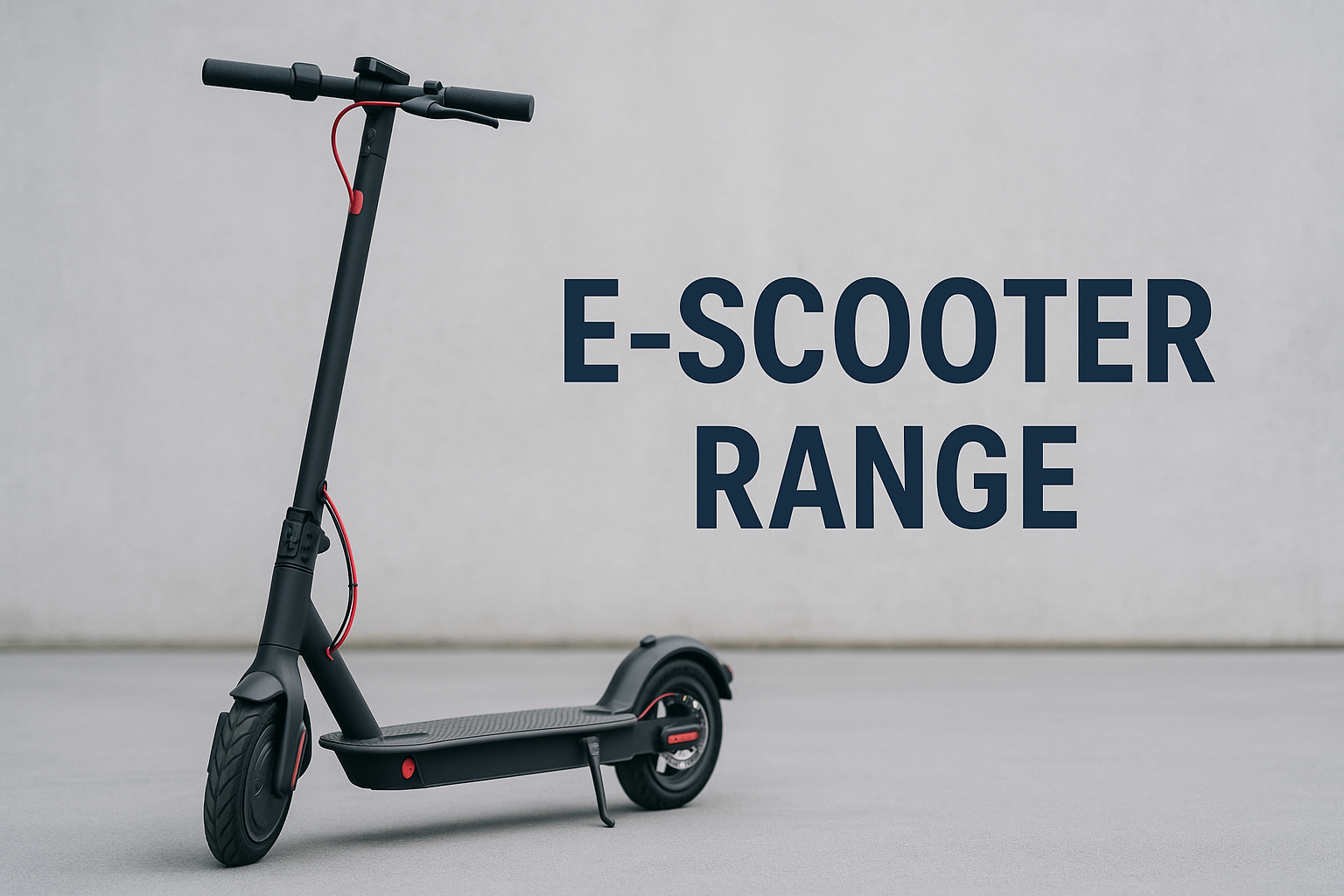0800 448 366
0800 448 366

Range is one of the most important—and most misunderstood—specs when shopping for an e-scooter. Manufacturers love to advertise impressive numbers, but real-world results often fall short.
Here’s what actually affects range and how to choose the right battery for your ride.
Scooter brands often quote range under ideal conditions:
Flat terrain
75 kg rider (approx)
Low speed
Continuous riding without typical stop start riding
Full charge to dead flat (not healthy for the battery to run dead)
But most NZ riders face hills, stop-start traffic, variable weather, and carry backpacks or gear or just weigh more. That means real-world range can be 40–80% of the advertised figure.
Load (Rider + Gear) Weight – Heavier riders use more battery to maintain speed
Speed – Faster riding drains the battery quicker
Terrain – Hills and rough paths demand more power
Tyre Pressure – Low pressure increases resistance
Weather – Cold batteries have lower capacity
Throttle Habits – Full throttle starts chew through energy
Battery Health – Range drops over time with battery ageing
Step 1: Find the scooter’s battery watt-hours (Wh):
Multiply volts × amp-hours (e.g. 48V × 15Ah = 720Wh)
Step 2: Divide by estimated Wh/km (typically 20–25 Wh/km for NZ terrain)
720Wh ÷ 25 = approx. 28–35 km real-world range
Tip: Use the high end of the range for slower, lighter riders on flat paths; the low end for hills, heavier loads, or fast riding.
Commuters (<15 km/day): 500–600Wh battery is plenty
Mixed use (20–30 km/day): Aim for 700–1000Wh
Long-range or hilly routes: 1000Wh+ for reliable performance
Don’t be fooled by glossy marketing numbers. At Storm Rides, we’ll help you understand exactly what to expect from your battery in New Zealand conditions—and guide you to the right scooter for your range needs.